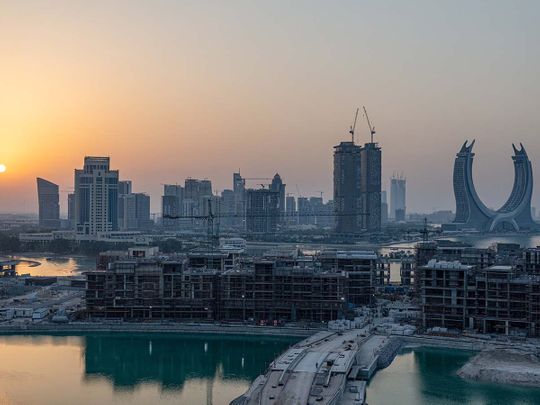
Dubai: The land transport sector becomes pivotal to Qatar's economy as efforts continue to enhance a cutting-edge transport network aligned with the goals of Qatar National Vision (QNV) 2030.
The Qatar National Vision 2030 is a development plan launched in October 2008 by the General Secretariat for Development Planning in the State of Qatar. The aim of QNV 2030 is to transform Qatar into an advanced society capable of achieving sustainable development by 2030.
There were 2,971 transactions processed through the land transport sector in the second quarter of this year, marking a significant 78.76 per cent increase compared to the same period last year, when 1,662 transactions were recorded, according to a recent update on X, formerly Twitter, by the ministry of transport (MoT),
Of these transactions, 1,571 were related to land transport licensing, 766 concerned road affairs, and 634 involved land transport planning. Key services provided include detecting road defects, ensuring road safety, installing directional signs, handling building permit requests, conducting traffic impact studies, and approving land transport network planning cases.
The sector issues preliminary approvals for limousine, land transport, and car rental business activities.
The land transport planning division of the sector establishes overarching policies for land and railway transport activities. It conducts necessary studies, designs plans, and oversees the construction and development of transport networks in coordination with relevant authorities in Qatar. The division also specifies licensing requirements and fees for land and railway transport activities.
MoT finalised the Qatar Freight Master Plan (QFMP) aimed at upgrading infrastructure to advance ground freight within an integrated transportation system, aligning with global standards. This initiative enhances security, safety, and efficiency within the ground freight sector, while promoting sustainability and innovation to boost Qatar's competitive edge in supply chain movement and trade lanes. It also supports economic production cycles and contributes to achieving QNV 2030's sustainable development goals.



